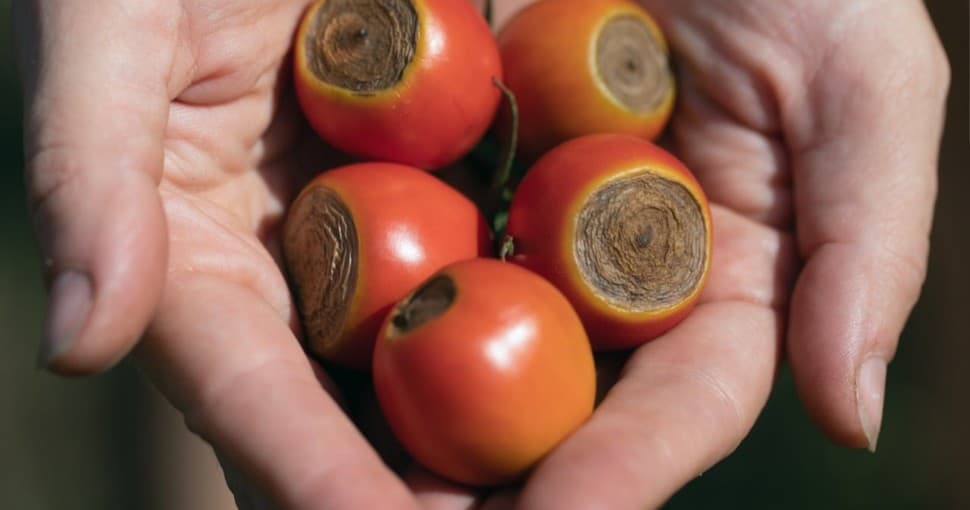Verticillium wilt affects many different types of trees. It can damage or even kill infected trees. There are, fortunately, many widely-grown tree species that are resistant to Verticillium wilt.
Contents
Many tree species are resistant to Verticillium wilt, including conifers (pine and juniper), oak, beech, fig, poplar, and birch. Monocots like palms, bamboo, and banana are also resistant to Verticillium wilt. These trees can be grown in locations where Verticillium wilt is a common problem.
Verticillium wilt causes wilted stems, leaf chlorosis (yellowing) and necrosis, and an overall reduction in the health and vigor of infected trees. Selecting tree varieties that are resistant to Verticillium wilt is the best way to avoid this potentially fatal tree disease. But what are some of those varieties?
Which Trees are Resistant to Verticillium Wilt?
Let’s look at six tree species that are resistant to Verticillium wilt. These species are hardy, low-maintenance, and they grow well in a wide range of conditions.
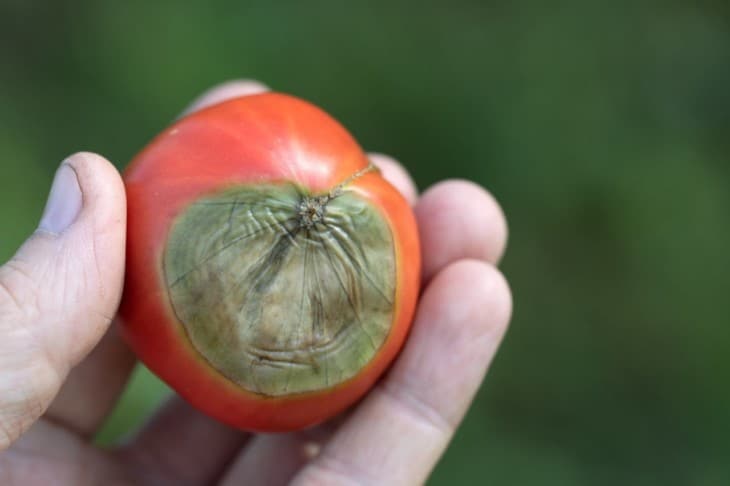
Know Your Enemy: Facts About Verticillium Wilt
Verticillium wilt disease results from infections by a genus of parasitic, soil-borne fungi called Verticillium. Verticillium fungi infect trees through their roots. The fungi subsequently colonize the infected tree’s vascular channels (called xylem), restricting the transportation of nutrients and water and releasing harmful toxins.
Verticillium wilt disease can be acute or chronic. In acute cases of Verticillium wilt, infections affect immature sapwood, causing rapid damage or death to infected trees. Chronic Verticillium wilt affects older, mature wood but usually doesn’t kill infected trees.
1. White Oak
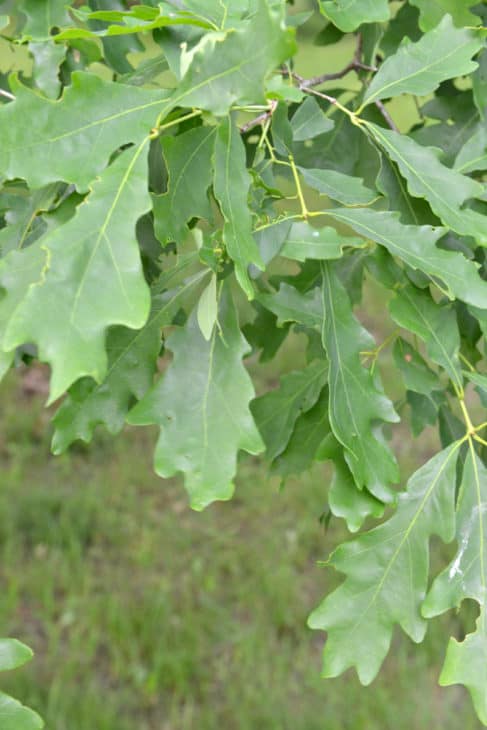
White Oak (Quercus alba) is a common deciduous tree species that is highly resistant to Verticillium wilt disease. White oak trees are medium to large, with broad canopies. They mature slowly and are long-lived, and their leaves have the lobed margins typical of oak tree species.
White oak trees are resistant, hardy and easy to grow. They tolerate a wide range of environmental and soil conditions and can grow relatively well in partial shade. White oak trees are also well-suited for planting in locations that have steep, sloping topography.
While white oak trees are resistant to Verticillium wilt, they are vulnerable to infection by other soil-borne fungal diseases like oak wilt and root rot. Adequate sunlight, airflow, and soil drainage are necessary to prevent these fungal infections.
2. American Beech
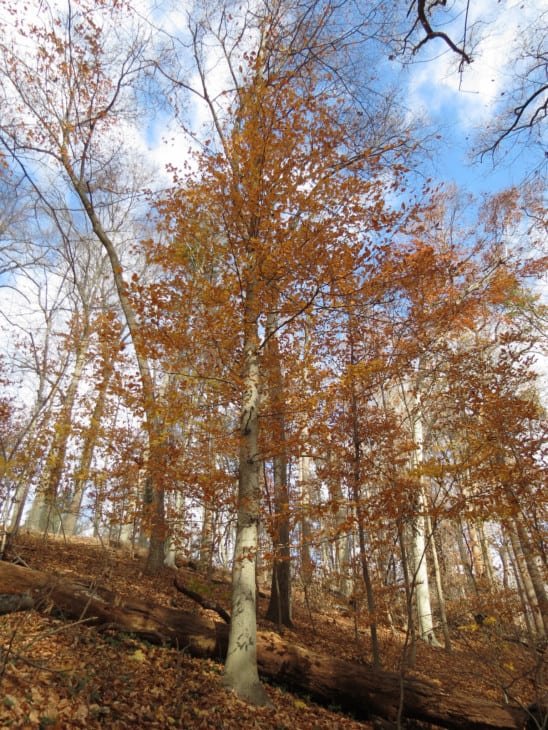
American beech (Fagus grandifloria) trees are deciduous hardwoods that are highly resistant to Verticillium wilt. It is the only endemic beech species in North America. American beech is a medium-sized tree that grows between 20ft to 40ft high, though mature beech trees can be more than 80ft tall.
The leaves of American beech are ovate, with pointed tips and serrated margins. They change from green to golden orange and yellow in autumn. American beech is well-suited for ornamental use, while the broad canopy of American beech also makes it an excellent shade tree.
American beech trees have relatively low maintenance requirements but are mesophotic and therefore require regular watering to ensure adequate moisture in the soil. American beech trees prefer cooler climates and tolerate freezing temperatures (as low as -44 degrees Fahrenheit).
3. Cardinal Crabapple
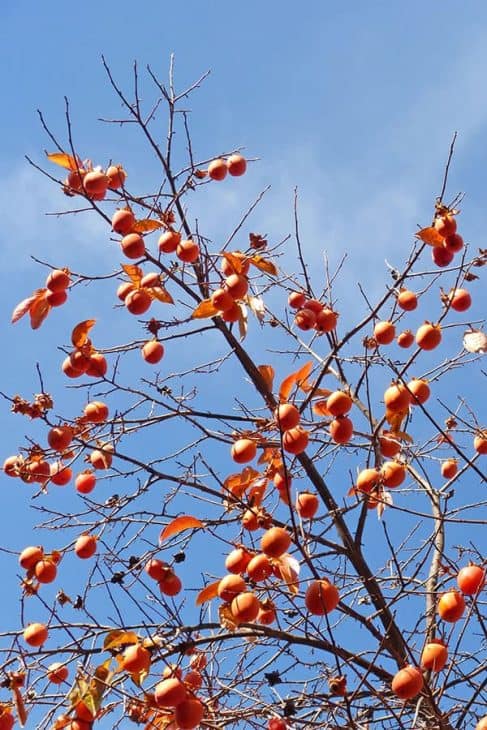
Cardinal crab apple trees (Malus ‘Cardinal’) are unaffected by Verticillium wilt. This variety of crabapple trees grow 10ft to 15ft high and have broad crowns 15ft to 25ft wide. Cardinal crabapple trees are deciduous. Their leaves are thin and ovate, with dramatic red and purple coloration.
Cardinal is a particularly hardy, low-maintenance crabapple variety and is easy to grow. Cardinal crabapple trees prefer loamy, slightly acidic soil but tolerate clay or sandy soils with neutral or alkaline pH levels. They do best with direct sun exposure.
Cardinal crabapple trees are used extensively for ornamental purposes because of their red and purple leaf coloration and stunning reddish-purple flowers. Cardinal crabapple trees also produce little dark red berries (crabapples) that remain until the middle of winter.
4. Austrian Pine
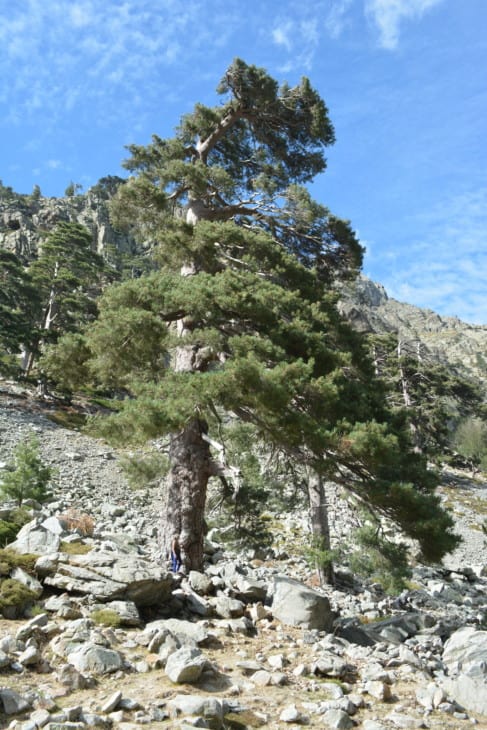
Austrian pine (Pinus nigra) is one of the hardiest pine species and is resistant to Verticillium wilt disease. Also known as black pine, Austrian pine is evergreen and grows 40ft to 60ft high with a pyramidal canopy. Austrian pine has dark green, filiform (needle-like) leaves.
Austrian pine trees can be grown in a wide diversity of conditions. They grow well in clay and sandy soils and tolerate atmospheric pollution in urban areas. Austrian pine trees need regular watering, but mature trees can tolerate intermittent periods of drought.
In addition to their hardiness and disease-resistance, Austrian pine trees add decorative value to the landscape. The size and pyramidal shape of mature Austrian pine trees give them an impressive, cathedral-like quality. Their blackish-brown, deeply furrowed bark is also visually dramatic.
5. California Fan Palm
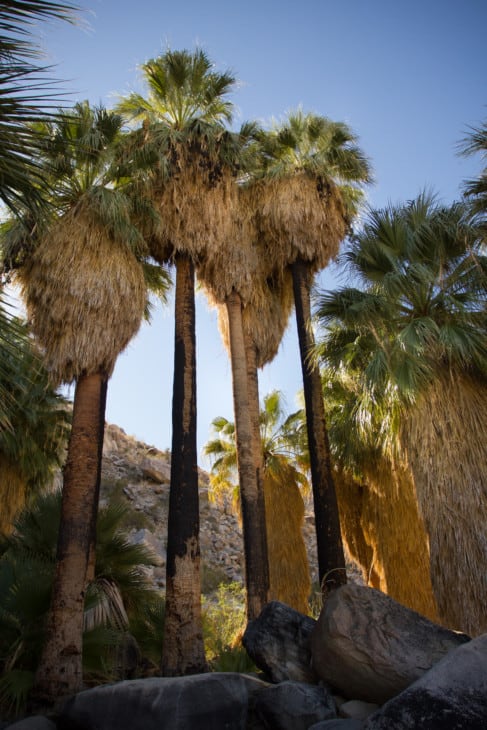
California fan palm (Washingtonia filifera) is a commonly-grown palm species that is resistant to Verticillium wilt. This species grows as large, evergreen, upright trees that grow to an average height of 40ft to 50ft, though some mature specimens can be over 80ft tall. Leaves are grayish-green and fan-shaped.
California fan palms are hardy, low-maintenance trees that can be grown in a wide variety of soil types and climatic conditions. They have low nutrient requirements and thrive in fast-draining soil. They tolerate wind, salt, and drought. Like other palm species, California fan palms prefer warmer climates but handle temperatures as low as 18F.
The small fruits of California fan palms are edible and were an important part of the diet of some Native American tribes. Interestingly, there is a myth that California fan palms were brought to North America by ancient Egyptian mariners who carried the seeds from their homeland.
6. Western Sycamore
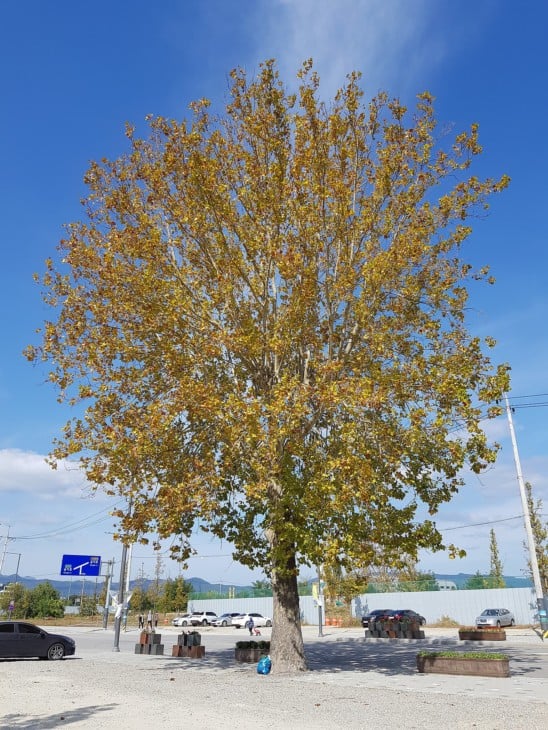
Western Sycamore (Platanus racemosa) is an attractive, Verticillium wilt-resistant, deciduous tree species. The species is native to North America. Western sycamore trees grow to a height of between 40ft and 80ft, with irregular, round-shaped crowns and multiple trunks.
Western sycamore leaves are light green with palmate-lobes and toothed margins. They have furrowed bark that ranges from white to light gray and brown. This sycamore species is hardy and easy to grow but has higher than average water needs, so regular watering is essential for optimum growth.
Western sycamore trees have considerable aesthetic appeal. Their bark is visually striking. As parts of the immature bark exfoliate, they leave light whiteish-gray colored indentations behind that contrast dramatically with the darker, raised furrows of older bark.

